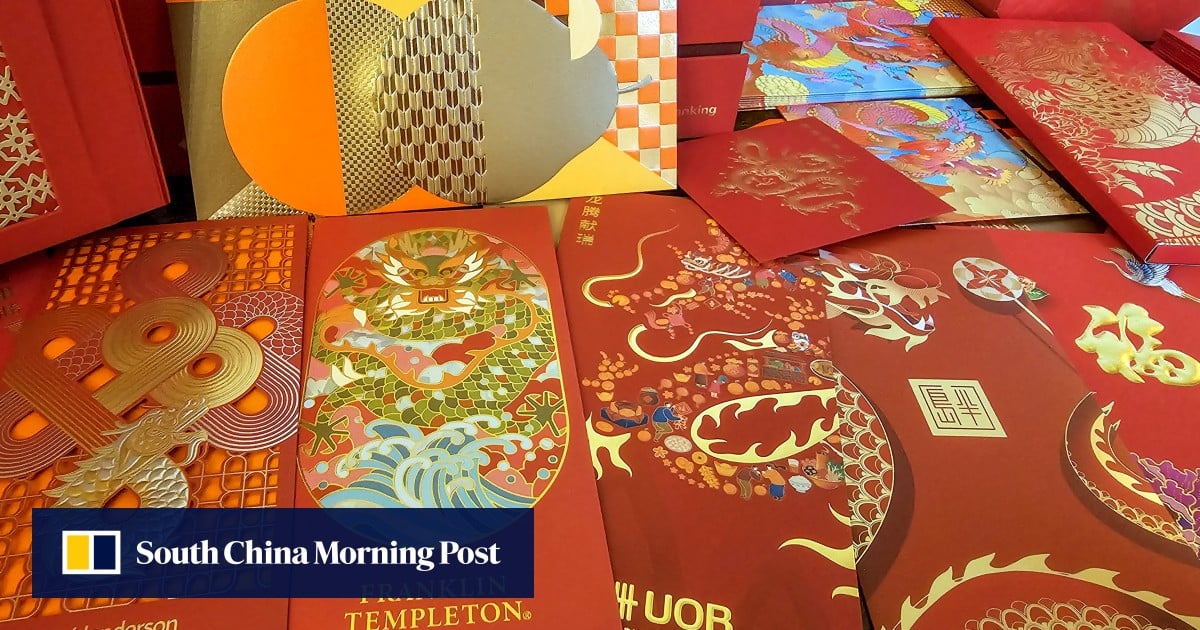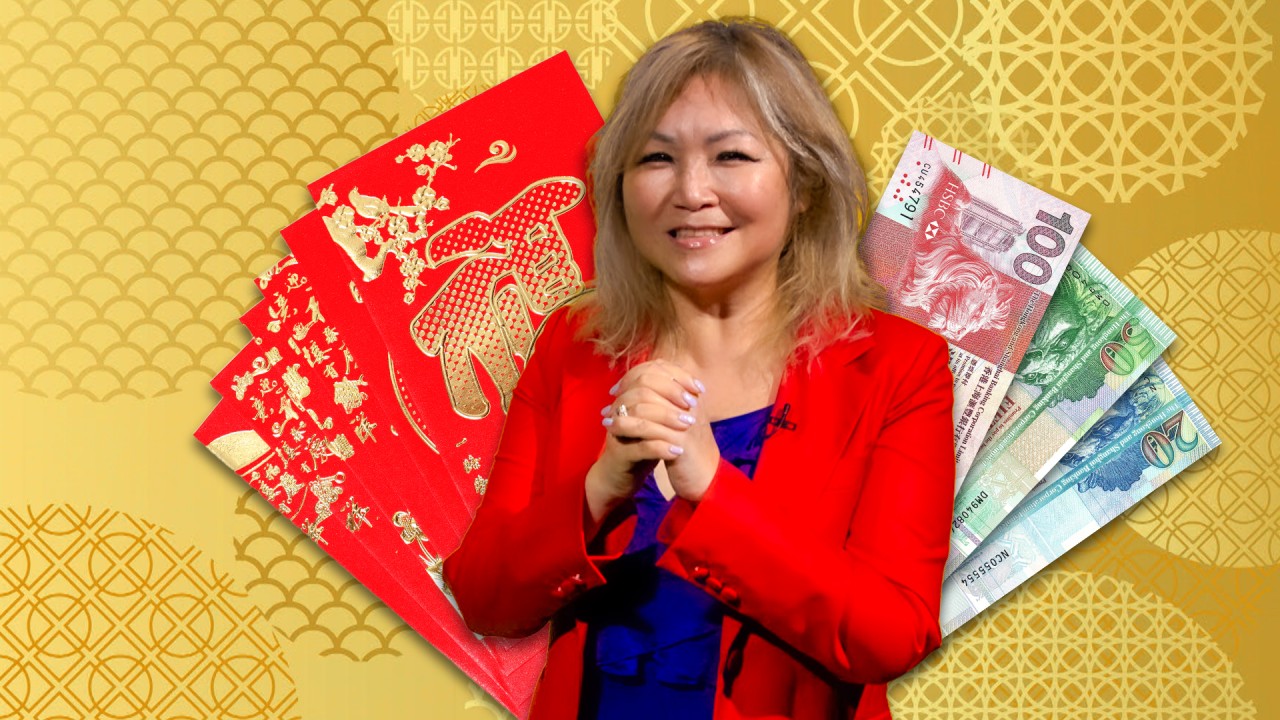
11 Feb Year of the Dragon: most popular of the Chinese zodiac signs dominates corporate lai see packets again
It is Chinese tradition for married couples to hand out lai see, or blessing money, to unmarried friends and family members, including children, during the first seven days of the new year, which this year started on February 10.
Companies often use more generic designs symbolising good fortune, such as flowers, fish, or birds for their lai see envelopes because any unused zodiac animal packet cannot be re-used for another 12 years.
Only the dragon has the power to defy this trend.
“There is hope that dragon years will be more auspicious and just looking at some statistics, some countries in Asia experience an uptick in birth rates during dragon years, which is quite an interesting sign for how dragon years are perceived.”
Other banks that have opted for the creature of folklore on their lai see envelopes include the US giant Citigroup, Swiss lenders UBS, and Julius Baers, France’s Societe Generale, Singapore lenders OCBC and UOB, Bank of Communications Hong Kong, and the brokerage firm KGI Asia.
“The theme for UBS is an auspicious dragon that is soaring and rising to new heights,” a spokeswoman for the bank said.
Julius Baer’s lai see packets feature a dragon and a phoenix, representing harmony, vitality and auspiciousness, a spokeswoman said. The firm also added a luxury lai see handbag and gift box set to its offerings for customers.
Some banks actively avoid using zodiac animals for environmental reasons. More generic designs can be recycled in any other year.
HSBC, Hong Kong’s largest bank, has gone with fish on its lai see packages this year, signifying surplus and riches, while Standard Chartered has opted for flowers and cranes. Its subsidiary, Hang Seng Bank, has red packets featuring a new “God of Wealth”.
Bank of East Asia is sticking with its popular “God of Longevity” design lai see packets, which it has used for over half a century. It also offers a tangerine and pear-designed lai see which represents “good fortune and prosperity”.
Bank of China (Hong Kong) and ICBC Asia use the peony for their lai see envelopes. It is a hugely popular flower in Chinese culture, believed to bring prosperity to customers.
Eco Art’s Cheung said even though many banks these day opt for electronic forms of lai see, the demand for traditional lai see envelopes has also been on the rise – particularly the ones featuring fancy designs.
“Many banks and companies take the lai see envelopes as a means of marketing to promote their brands. Each lai see envelope costs between HK$3 and HK$5, while the most expensive ones we have made are HK$15. Still, it is an affordable and reasonable cost of marketing,” Cheung said.

